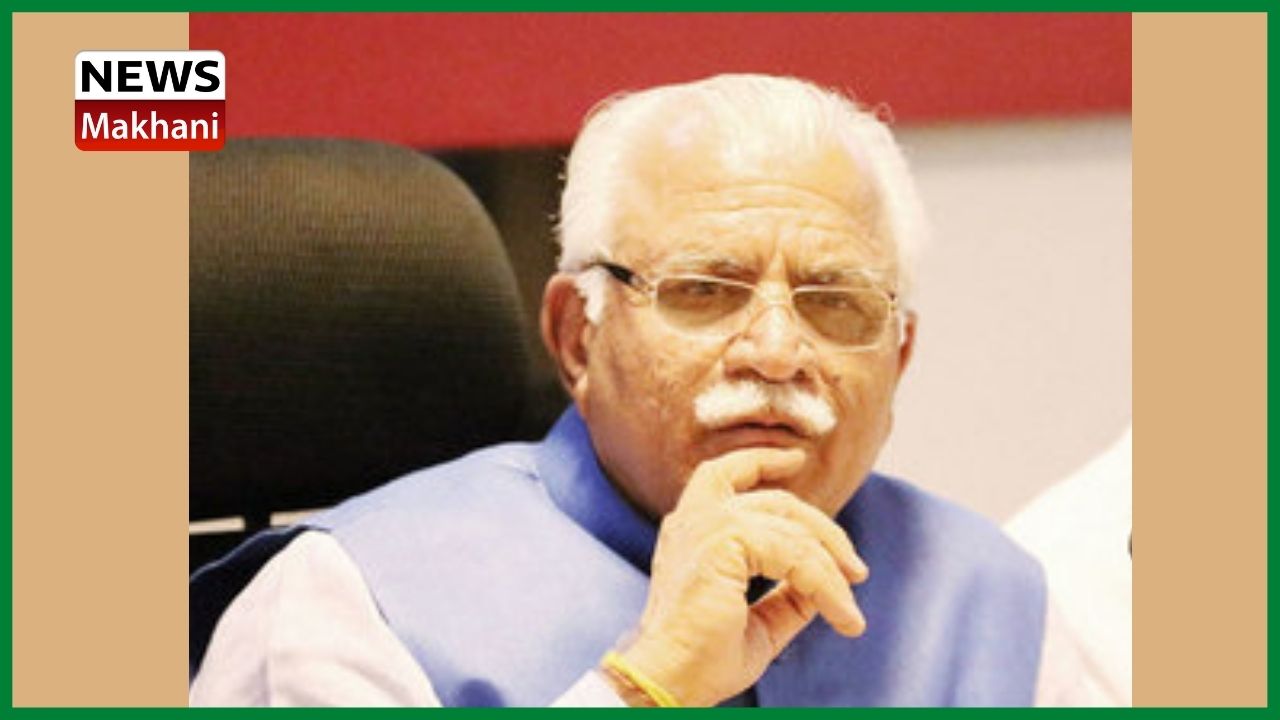Takes report on sewage water treatment from officials, checks BOD level
Chandigarh, January 6: Haryana Chief Minister, Sh. Manohar Lal today inspected the 50 MLD Sewage Treatment Plant (STP) at Dhanwapur village in Gurugram district and checked the biochemical oxygen demand (BOD) level of the treated water; which came out to be 3. He said that the re-use of treated water is an important step in the direction of water resources. According to experts, if the BOD level of sewerage water comes below 10 after tertiary treatment; then that treated water can be used for irrigation and in industries.
Chief Executive Officer, Gurugram Metropolitan Development Authority (GMDA), Sh. Sudhir Rajpal informed the Chief Minister that sewerage treatment plants of 388 MLD capacity have been set up in villages Dhanwapur and Baharampur in Gurugram district. Of these, three plants of 50 MLD, 68 MLD and 100 MLD capacity are in Dhanwapur village and two plants of 50 MLD and 120 MLD are in Baharampur village. The 50 MLD and 68 MLD plants of Dhanwapur are equipped with 100 percent tertiary treatment facility, while the 100 MLD plant is currently connected with 25 MLD tertiary treatment facility and tenders have been floated to connect the remaining 75 MLD with this facility.
Similarly, the capacity of both the plants in Baharampur village is 170 MLD, out of which tertiary treatment facility is available on 80 MLD and tenders have been invited to connect the remaining 90 MLD with this facility.
Sh. Sudhir Rajpal apprised the Chief Minister that the work of setting up a 20 MLD capacity Sewage Treatment Plant at Jahazgarh village in Jhajjar district is in progress; which will be completed in the next two months. Similarly, STP of 25 MLD capacity in Gurugram district is being set up for Manesar, Naharpur, Kasan and surrounding villages which will be ready in next one year. Also, another 100 MLD sewage treatment plant will be set up in Dhanwapur village, whose foundation stone has been laid today. The plant is likely to be completed by September 2024. All these plants will be fully equipped with tertiary treatment facilities.

 हिंदी
हिंदी






